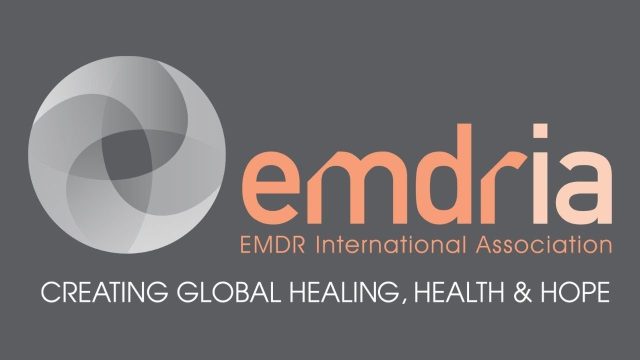EMDR Therapy
What is EMDR?
Eye Movement Desensitization and Reprocessing (EMDR) is a highly effective and evidence-based therapeutic approach designed to help individuals process distressing memories, alleviate psychological symptoms, and promote emotional healing. Developed by Francine Shapiro in the late 1980s, EMDR has since gained widespread recognition for its success in treating trauma, anxiety, and other mental health challenges.
How Does EMDR Work?
EMDR involves a structured eight-phase process that guides individuals through the reprocessing of traumatic or distressing memories. The key component of EMDR is bilateral stimulation, which typically occurs through side-to-side eye movements guided by the therapist's hand movements or other forms of bilateral stimulation like tapping or auditory cues.
1. History Taking: The therapist works with the client to gather information about the target memories and identify negative beliefs associated with these experiences.
2. Preparation: Clients are equipped with coping skills and relaxation techniques to ensure they can manage any emotional distress that may arise during the processing.
3. Assessment: The target memory is identified, and the associated negative beliefs and physical sensations are pinpointed.
4. Desensitization: Bilateral stimulation is introduced while the client focuses on the target memory. This phase helps to reduce the emotional charge associated with the memory.
5. Installation: Positive beliefs are introduced, strengthening the individual's ability to cope and fostering a more positive self-perception.
6. Body Scan: The therapist assists the client in identifying and processing any residual physical tension or discomfort associated with the memory.
7. Closure: The session is closed, and clients are provided with self-soothing techniques to use between sessions.
8. Reevaluation: Subsequent sessions involve reassessing progress and addressing any remaining aspects of the memory.
Benefits of EMDR:
Trauma Resolution: EMDR is particularly effective in treating trauma by helping individuals process and integrate memories that contribute to distressing symptoms.
Rapid Relief: EMDR often leads to quicker symptom relief compared to traditional talk therapies.
Reduction of Anxiety and Depression: EMDR has shown success in alleviating symptoms of anxiety and depression related to traumatic experiences.
Improved Emotional Regulation: Clients often report better emotional regulation and increased resilience after undergoing EMDR therapy.
Enhanced Cognitive Functioning: EMDR can lead to changes in cognitive processing, allowing individuals to reframe negative beliefs and develop a more positive outlook.
Lasting Results: Many individuals experience long-lasting positive effects after completing a course of EMDR therapy.
Contact Information
📍 8598 Utica Ave STE 200 Rancho Cucamonga, CA 91730
📞 (909) 480-8225
Nayeli Corona-Zitney LCSW, PMH-C
Feel free to reach out to me on any social media outlets

